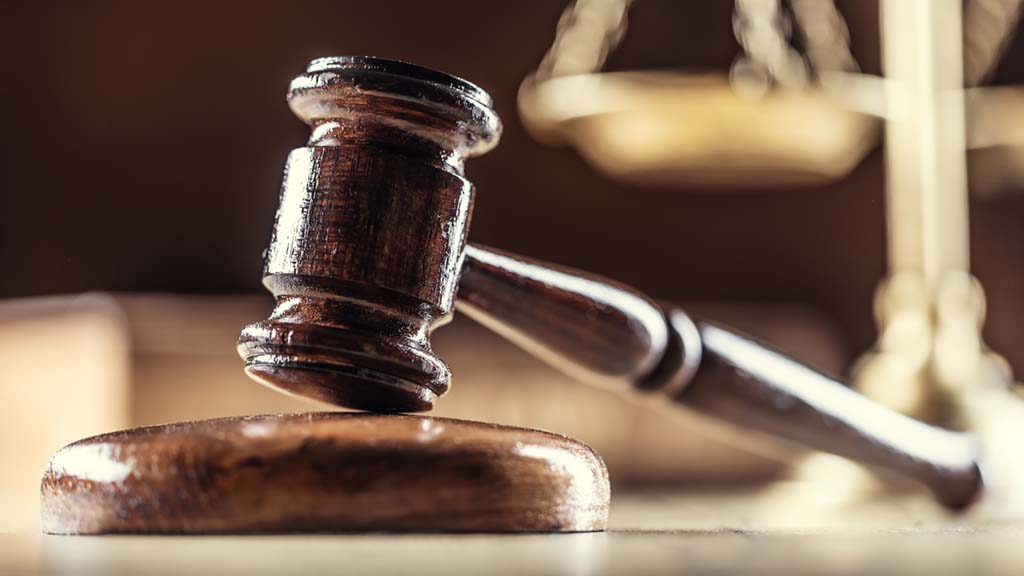Stereo3D Toolbox helps convert Viking mission to Mars 16mm footage
Between 1976 and 1979, the NASA Viking 1 and 2 spacecraft orbited, landed and collected breathtaking imagery of the Martian landscape. Following the completion of the mission, the resulting 3-D imagery from the NASA Viking 1 and 2 missions was transformed into a stereoscopic film using a now-antiquated dual 16mm projection system. The soundtrack was created at the Center for Computer Research in Music and Acoustics (CCRMA) at Stanford University. This presentation was donated to NASA and archived, only to resurface again 30 years later.
In 2010, CCRMA wanted to display the Martian film as a component of a concert series at a local movie theater. Using the 16mm projection with its original reels was quickly dismissed due to the degraded quality of the film and soundtrack. The “Mars in 3-D Project” was established to restore and convert the film to a modern digital cinema format and 5.1-surround audio using current 3-D cinema projection technology. The team involved used the Stereo3D Toolbox from Dashwood Cinema Solutions.
Michael McNabb, a music composer on the project, said the Stereo3D Toolbox was invaluable to the restoration project, particularly for its geometry and image balance tools for convergence and final color and contrast matching of the left- and right-eye sequences. This helped with the “severe 3-D convergence issues” due to the wide separation of the cameras, the use of left and right images taken at different times of day with varying shadows and lighting, and drifting alignment due to the 16mm film and digital conversion process.
Sequences were strung together with cross fades, and “it was critical to be able to target these problems in an efficient and automated fashion, quickly switching between multiple output views without having to leave the Final Cut Pro timeline,” McNabb said.
McNabb said the system gave him fine control over 3-D registration and final color adjustments, as well as multiple output options ranging from HD for digital cinema to anaglyph for YouTube. Thanks to Stereo3D Toolbox, he is now nearing completion of the restoration phase. The 5.1 soundtrack has been remixed from the original sources.
“All that remains is to package it all up into digital cinema format, but we should have a projectable product by this summer,” he said.
To capture the original footage, each spacecraft had an orbiter and lander component. Each lander had two cameras separated by about 0.8m, which, when used together, produced left/right stereo images. For the orbital views, two images taken by the moving spacecraft from slightly different locations were used to produce the stereo images to reveal the topography of the large-scale surface features. The original 16mm film also includes conventional stereo images taken at the Jet Propulsion Laboratory in Pasadena of the Viking test lander, which was used to test programming and procedures that were then used to operate the actual lander instruments and cameras, and some non-stereo scenes of the narrator.
Get the TV Tech Newsletter
The professional video industry's #1 source for news, trends and product and tech information. Sign up below.
